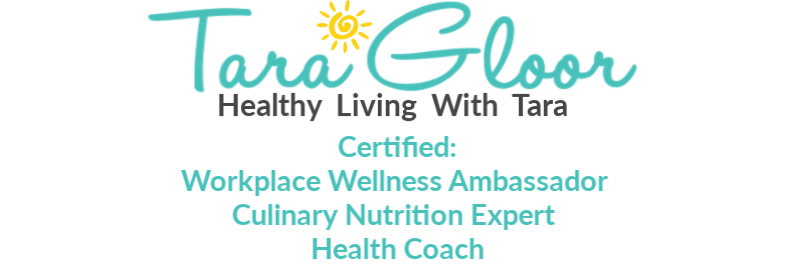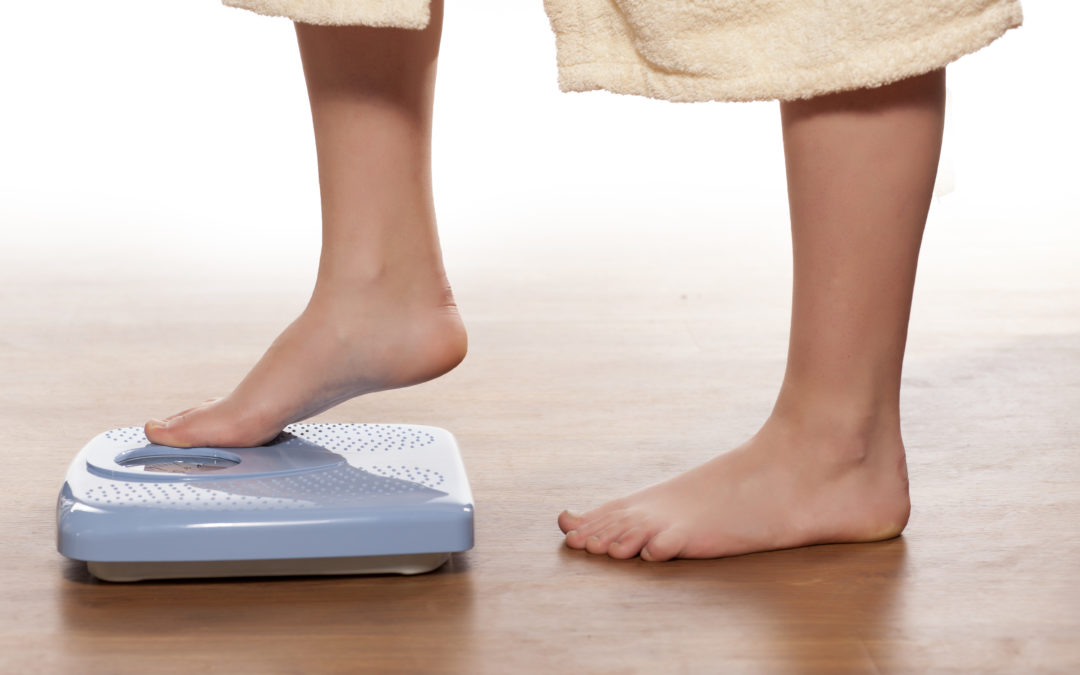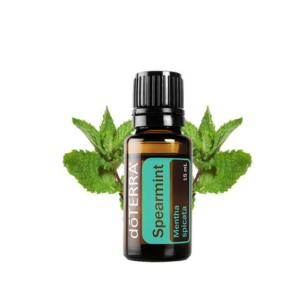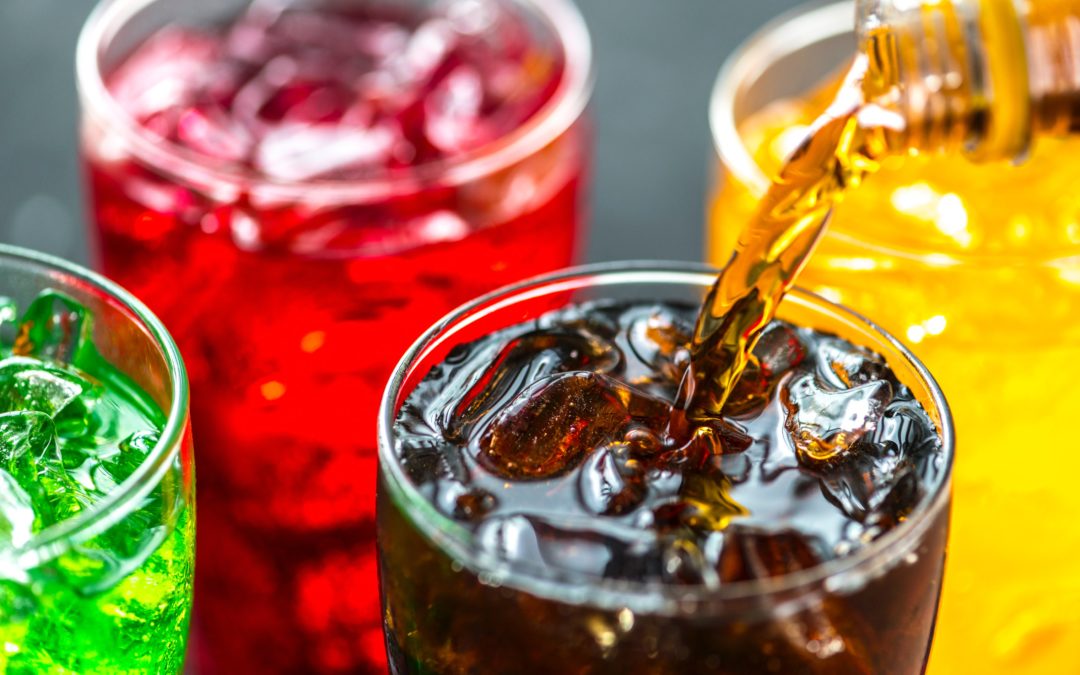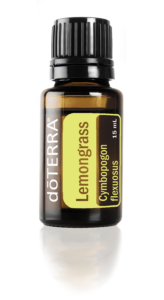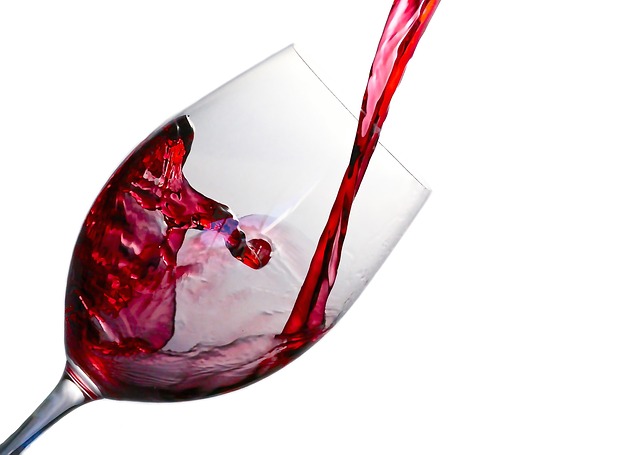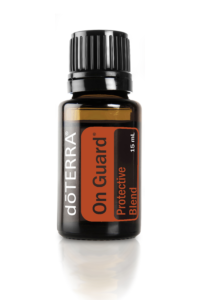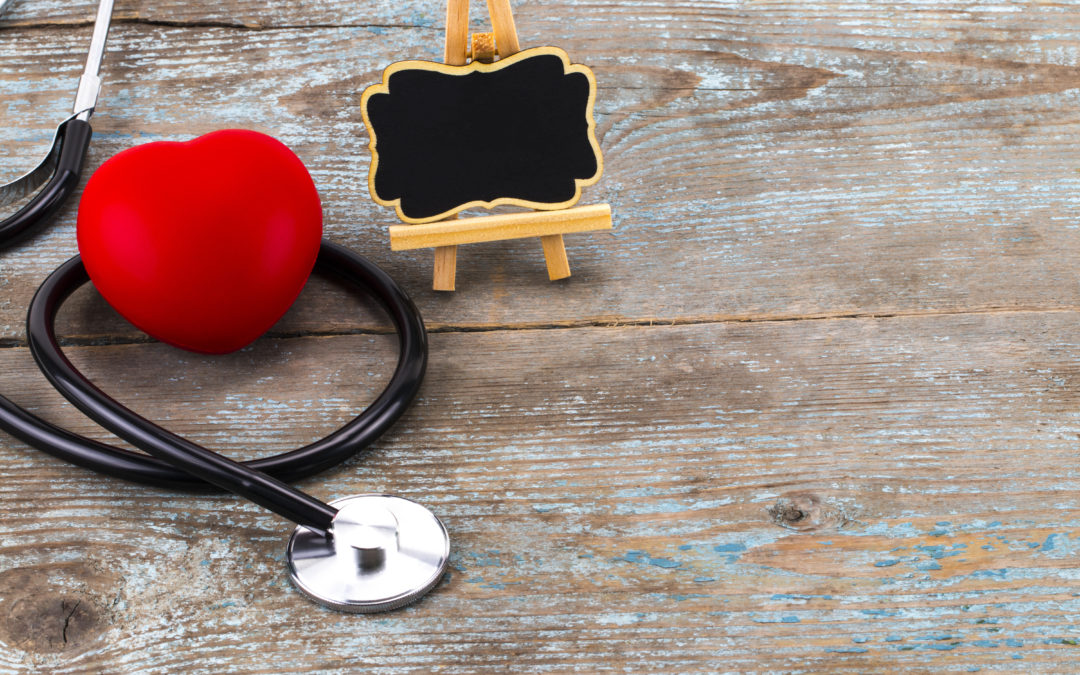
4 Ways to Beat Fatigue Naturally
In today’s world, we are constantly on the go, a steady state “busy-ness” is the norm, and we’re always running from one responsibility to the next. So, it’s no wonder that physical fatigue is such a common complaint.
The good news is that there are some really simple (and natural) ways to increase your energy so you can keep up with your busy life.
Get off the blood sugar roller coaster
One of the simplest ways we can boost our energy is to stabilise blood sugar. When we don’t eat enough food throughout the day or when we eat foods that are higher in sugar, our energy levels bottom out.
You can balance your blood sugar, and boost your energy naturally by:
- Eating every 3-4 hours gives your body the nutrients and fuel it needs to keep your blood sugar – and energy levels steady
- Consuming foods that are low on the glycemic index (think fruits and veggies, whole grains) instead of the higher sugar white breads and pastas.
- Eating protein with every meal to slow down the release of carbohydrates into your bloodstream. Protein is broken down and released slower so you’re less likely to have a blood sugar spike and subsequent crash.
Move!
When you’re tired, the last thing you want to do is exercise. However, as hard as it can be to get off the couch, it’s one of the best things you can do to fight fatigue.
And, it turns out that you don’t even have to commit to a long workout!
A California State University study concluded that even a brisk 10-minute walk can increase your energy for up to 2 hours.
So, when you feel that afternoon slump coming on, skip the coffee and lace up your trainers instead.
Up your sleep game
It may seem obvious that lack of sleep causes fatigue. However, did you know that the quality of your sleep can have an even bigger impact on your daily energy? Even slight disturbances in our sleep can affect how rested we feel the next day.
Here are a couple of tips for a more restful sleep:
- Avoid technology in the bedroom, or within 1-2 hours of bedtime. Even the small amount of light, especially the blue light emitted from devices, interrupts your body’s circadian rhythm. Your brain still thinks it’s daytime and won’t wind down.
- Avoid caffeine late in the day – or avoid all together if this is a problem for you
- Try to create a regular sleep/wake schedule to help your body develop a sleep routine = good sleep hygiene.
- Dab a bit of calming lavender essential oil on your temples before bed or put a few drops on your pillow. Breathe in the calm.
Drink up!
Before you reach for that coffee or energy drink to perk you up, consider switching to plain old water. While caffeine is usually the first choice for busting out of an energy slump, it can be dehydrating.
And then there’s dehydration. Even mild dehydration impairs our concentration, decreases our mood and zaps our energy.
How do you know if you may be dehydrated?
Check the colour of your urine. If it’s the colour of straw, you’re good to go. If it’s a darker yellow colour, it’s time to drink up.
If you’re still craving a caffeine hit, try the Energising Matcha Smoothie recipe below.
Matcha gives a longer lasting energy boost than coffee. It doesn’t hit you hard and then cause you to crash. Plus, the recipe really is delicious!
Recipe:
Energising Vanilla Matcha Smoothie
Ingredients:
- 1 cup of unsweetened almond milk (or other non-dairy milk)
- 1 scoop of vanilla protein powder (your choice, no added sugar)
- 1-2 tsp matcha green tea powder (start with less if you’re new to matcha – it packs a kick!)
- ½ frozen banana
- Ice cubes (optional)
- 1 large handful of spinach or kale (optional, but recommended)
How to prepare
Combine all ingredients into a blender and blend until desired smoothness is achieved. Sip and enjoy!
Oil of the Week – Clary Sage
With uses dating back to the Middle Ages, Clary Sage essential oil includes relaxing and soothing properties that help with rejuvenation and calming of the skin.
Ladies, during your menstrual cycle, rub three to five drops on the abdomen for a soothing massage. You can also combine with Roman Chamomile and add to bath water for a stress-relieving bath, or diffuse or apply to a pillow at night for a restful sleep!
Here is my direct website if you are interested or just want to take a peek. Please reach out if you have ANY questions.
Thanks for reading and keep well,
Tara
P.S. Full disclosure: If you order directly from the link I provided, as an Independent Wellness Advocate with doTERRA, I will receive compensation from any purchase.
